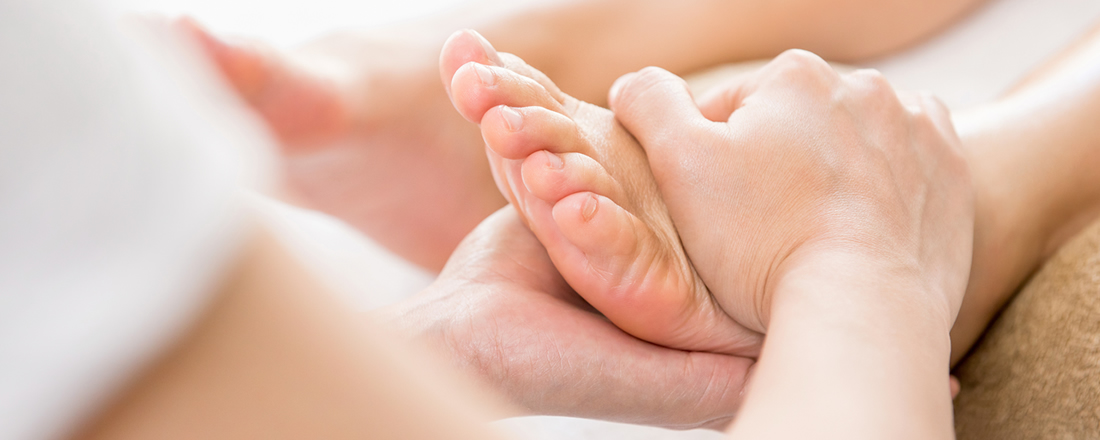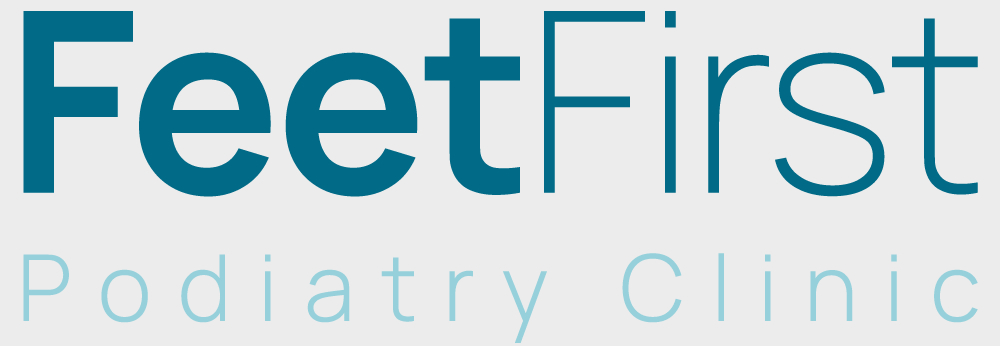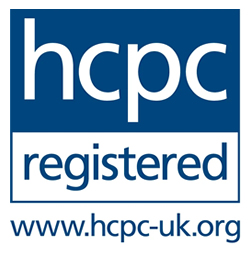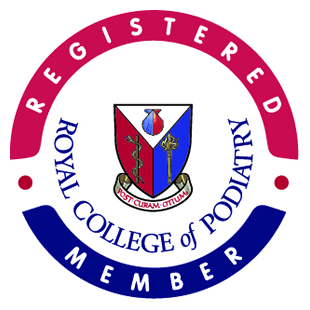
Manual Therapy
For the treatment of various joint, muscle or tendon related foot or leg pain.
Manual Therapy techniques
‘Everything works best when it is in the right place’
Key benefits of manual therapy
- Restores joint position
- Release connective tissue restrictions that are interfering with normal joint function
- Neurophysiological benefits for painful conditions ie helps to reconfigure nerves that are stuck
- Pain relief
- ‘One Hit wonders’ for immediate release relief
What type of conditions can it help?
Almost any type of restriction or pain in the foot and ankle that is not caused by a fixed joint.
- Ankle sprains
- Sesamoiditis
- Navicular pain
- Mortons neuroma
- Bunions
- Midfoot pain
- Achilles pain
Techniques used:-
Mobilisation
Is a gentle, hands-on approach to mobilise joints which are causing pain because of a restriction in their range of motion. The aim is to gently breakdown the restrictions within the joints and free them so that they function at the optimum level. Mobilisation happens at a speed that the patient could oppose.
Manipulation
Manipulation is a quick, fast movement which helps to put joints in the right place. Manipulation is the rapid movement or thrust of a small amplitude performed at a high velocity that renders the patient unable t to prevent it.
High Velocity Low Amplitude (HVLA).
HVLA Manipulation is the rapid movement or thrust of a small amplitude performed at a high velocity that renders the patient unable to prevent it.
- Releases connective tissue in hypermobile joints that are causing restrictions and stuck nerves.
- Facilitates proper muscle recruitments.
- Bypasses patient reflexes.
- Pain desensitisation by disrupting nerves.
Impactor Tool
The Impactor is used to tell the brain which joints need to be going in which direction to facilitate proper muscle recruitment.
Tool Assisted Massage (TAM)
Tool Assisted Massage (TAM) is an adjunct modality that can help in the delivery of many manual therapy techniques and ultimately improve clinical outcomes. TAM releases tissue restrictions such as scar tissue and connective tissue adhesions which can result in less flexible muscles.
Contraindications to TAM
Recent surgery or recent scarring
Open wounds
Patients on steroid medication
Tattoos less than weeks old
Clotting disorders
Peripheral vascular disease
Contraindications MT
Suspected fracture
Coalitions (bones joined congenitally)
Bony blocks
Joint hypermobility
Osteochondral lesions (focal areas of damage with articular cartilage damage and injury of the adjacent bone)
Precautions:
Acute sprains or inflamed joints
Peripheral vascular disease (anticoagulants)
Low pain threshold
Dermatological lesions eg warts or fungal infections


